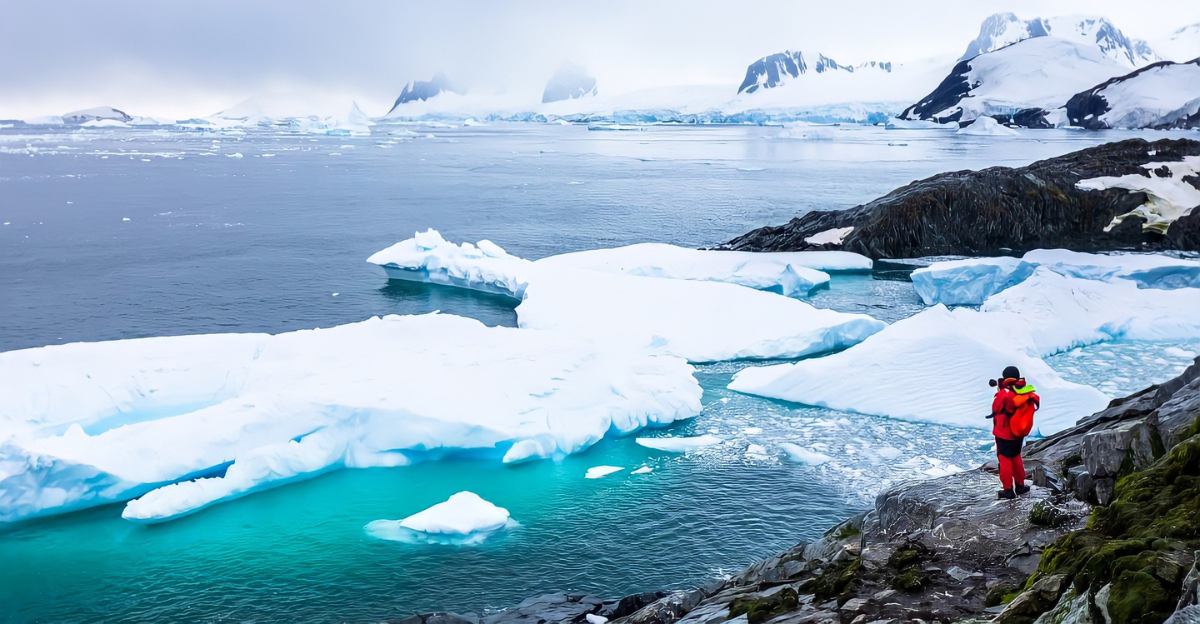
Despite global warming, Antarctica’s ice area has shown surprising growth in recent years, challenging common perceptions about polar ice loss. Satellite data reveal that parts of Antarctica are gaining ice mass, raising questions about how this fits climate change models and sea level rise forecasts.
This unexpected trend has sparked scientific debate, with some studies reporting net gains and others losses, highlighting complexities in measuring and interpreting Antarctic ice changes. The central question emerges: Does Antarctic ice growth undermine climate change predictions, or is it part of a more nuanced climate system response?.
Recent Observations of Antarctic Ice Growth
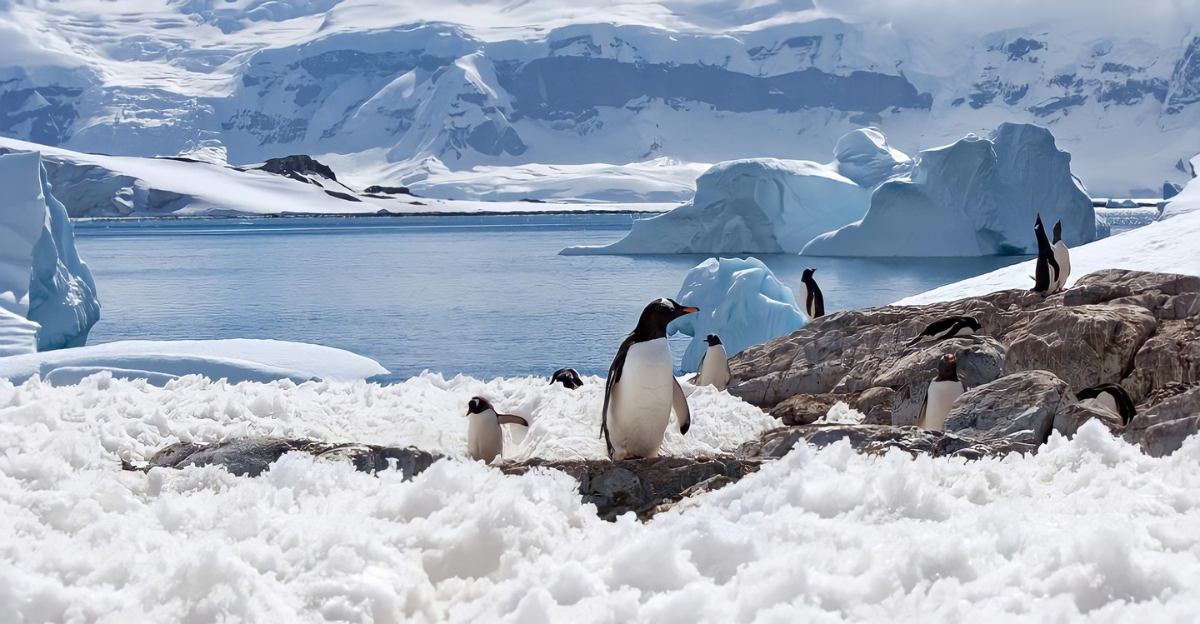
From 1992 to 2008, satellite measurements indicated Antarctica gained ice mass overall, with NASA reporting an initial gain of 112 billion tons per year, later slowing to 82 billion tons annually. This gain was primarily in East Antarctica and the interior of West Antarctica, while other regions experienced ice loss.
More recently, between 2021 and 2023, a record-breaking mass gain of about 108 gigatons per year was observed, mainly due to increased precipitation, especially in East Antarctica’s glacier basins that had been previously destabilized. These findings suggest dynamic regional differences in ice mass trends across the continent.
Understanding Antarctic Sea Ice vs. Land Ice
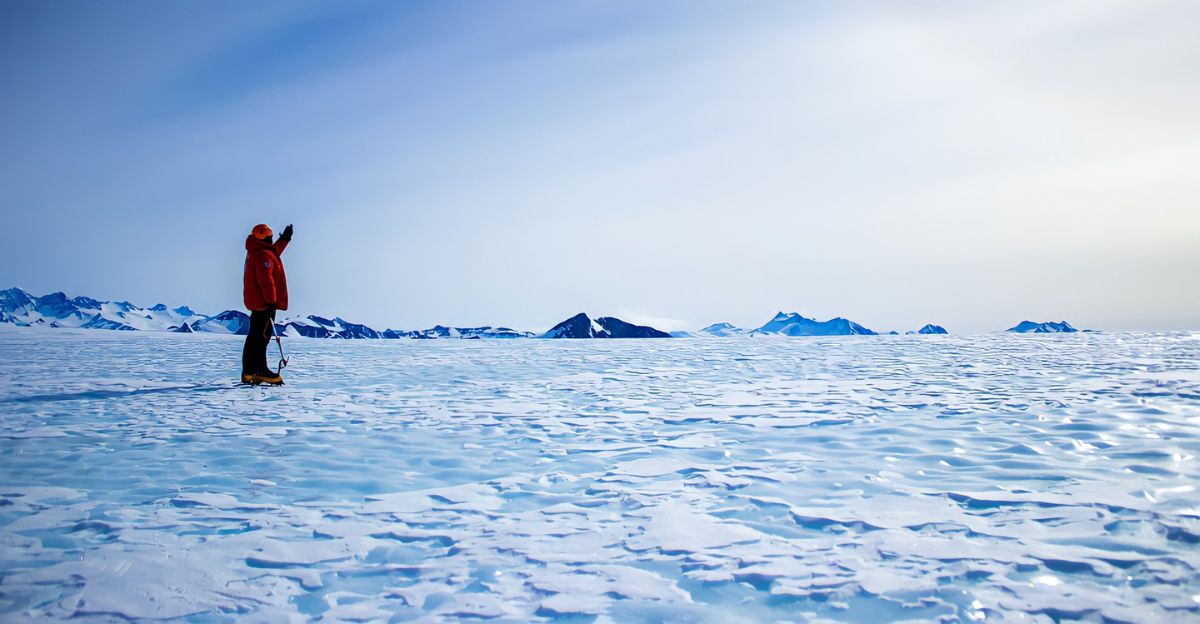
It is crucial to distinguish between Antarctic sea ice, which forms and melts seasonally, and land ice, which includes glaciers and ice sheets grounded on the continent. Antarctic sea ice extent has shown moderate increases influenced by wind patterns, ocean stratification, and freshwater flux.
However, recent research indicates that some of the reported sea ice expansion might be overestimated due to satellite data processing errors. Meanwhile, land ice changes are more directly linked to the implications of mass balance and sea level rise.
Contrasting Studies and Scientific Debate
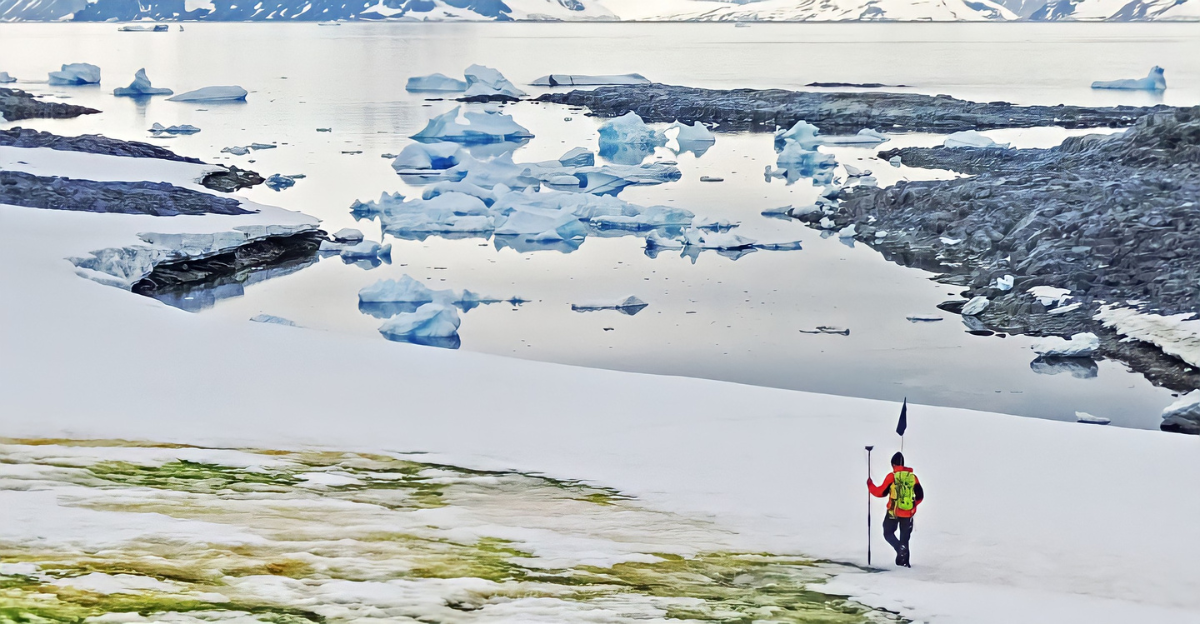
Scientific studies diverge on whether Antarctica is losing or gaining ice. Some report net ice loss driven by glacier thinning, while others document net gains from snowfall accumulation.
Disagreements focus on interpreting ice elevation changes in East Antarctica, whether increases are due to snow accumulation or ice thickening. This ongoing debate reflects the complexity of Antarctic ice dynamics and the limitations of current observational methods, underscoring the need for further research to reconcile conflicting data.
Implications for Sea Level Rise Models
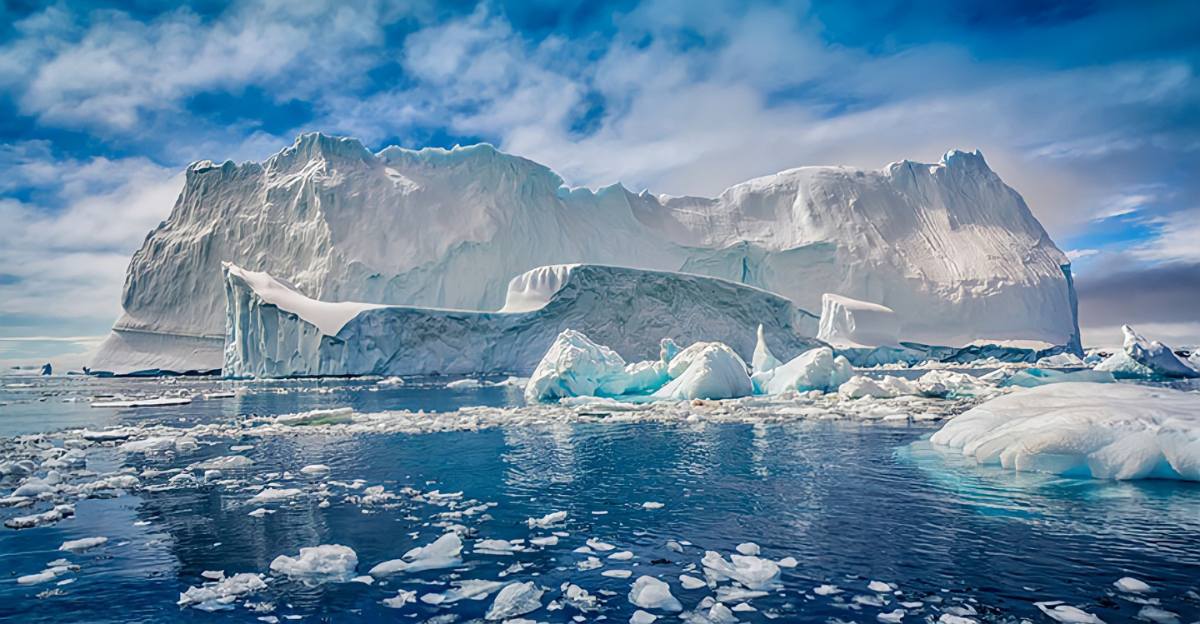
Antarctic ice gains complicate projections of global sea level rise. If Antarctica gains ice mass, it may partially offset sea level increases caused by melting elsewhere.
This introduces uncertainty in attributing observed sea level rise to specific sources, as some expected Antarctic contributions appear lower than predicted. Understanding these dynamics is critical for refining climate models and improving the accuracy of future sea level forecasts.
Climate Variability and Its Impact on Ice Melt
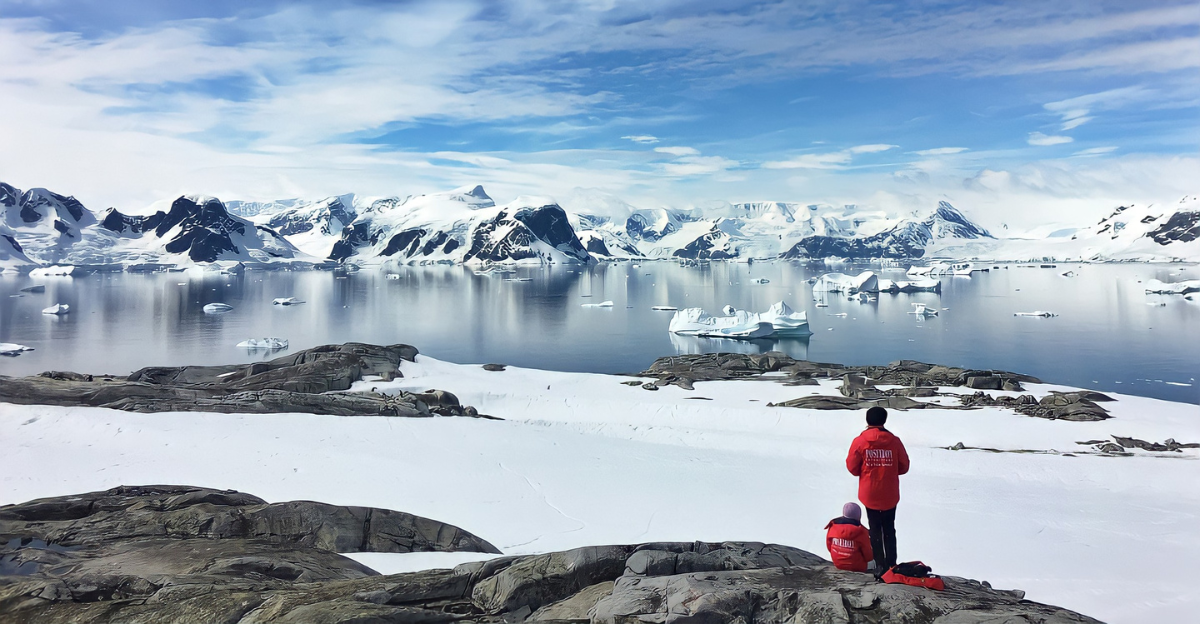
Seasonal and decadal climate fluctuations significantly affect Antarctic ice melt patterns. Current models often smooth temperature variations, potentially underestimating episodic spikes in ice loss caused by extreme weather events.
It is essential to incorporate climate variability into models to capture the full range of Antarctic ice responses and improve predictions of its contribution to sea level rise.
Historical Context of Antarctic Ice Changes
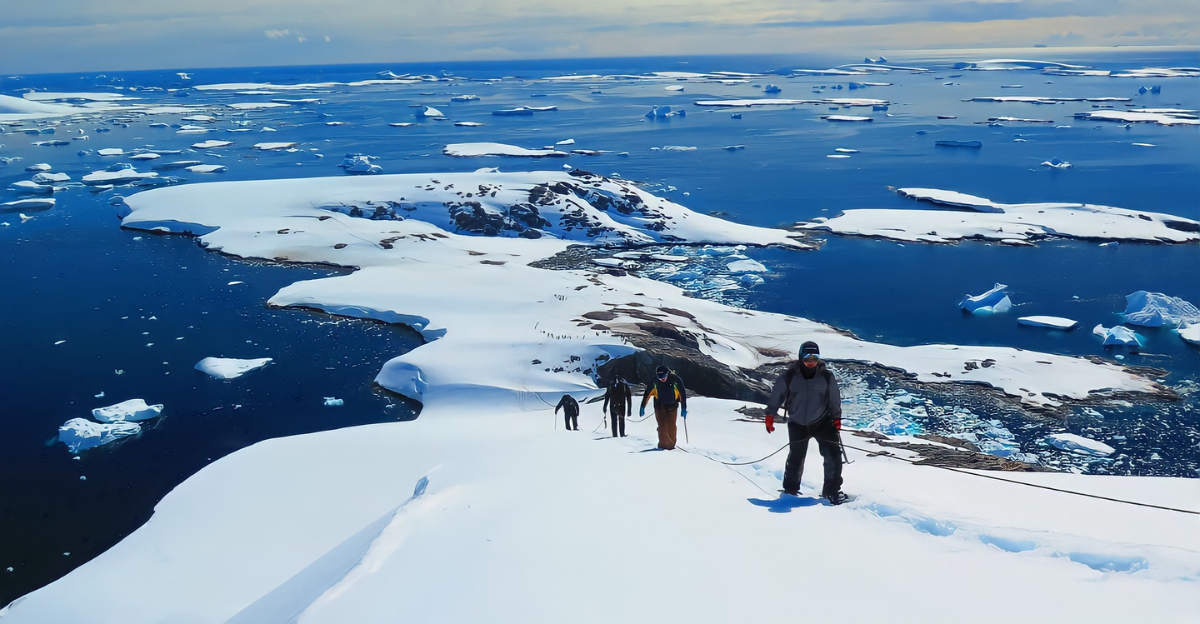
Antarctic snowfall has increased over the past 10,000 years, contributing to long-term ice accumulation. However, recent decades have seen accelerated glacier thinning in parts of West Antarctica and the Antarctic Peninsula, contrasting with gains in other regions.
Placing current ice changes within this broader historical timeline helps contextualize recent observations as part of complex, evolving climate and geological processes.
Unexpected Intersections and Industry Relevance
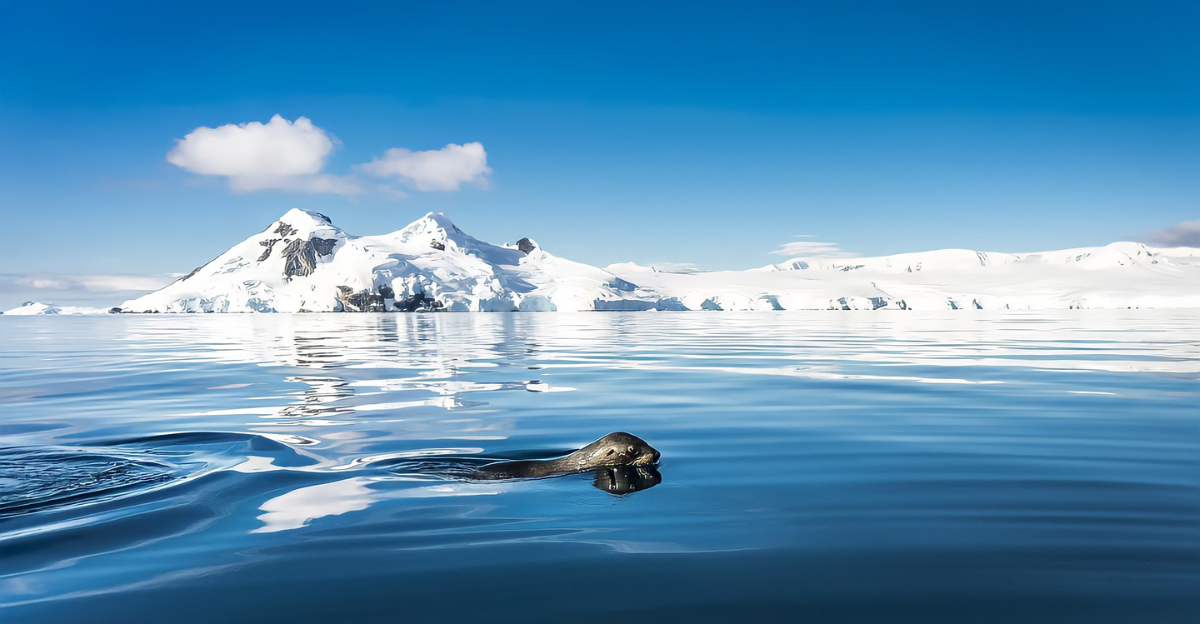
Antarctic ice trends impact global industries like shipping, fisheries, and climate finance. Uncertain sea level rise predictions challenge risk assessments and insurance models.
Additionally, shifts in ice conditions influence geopolitical interests and resource management in Antarctica, highlighting the broader economic and strategic implications of polar ice dynamics beyond environmental concerns.
Extreme Cases and Surprising Examples
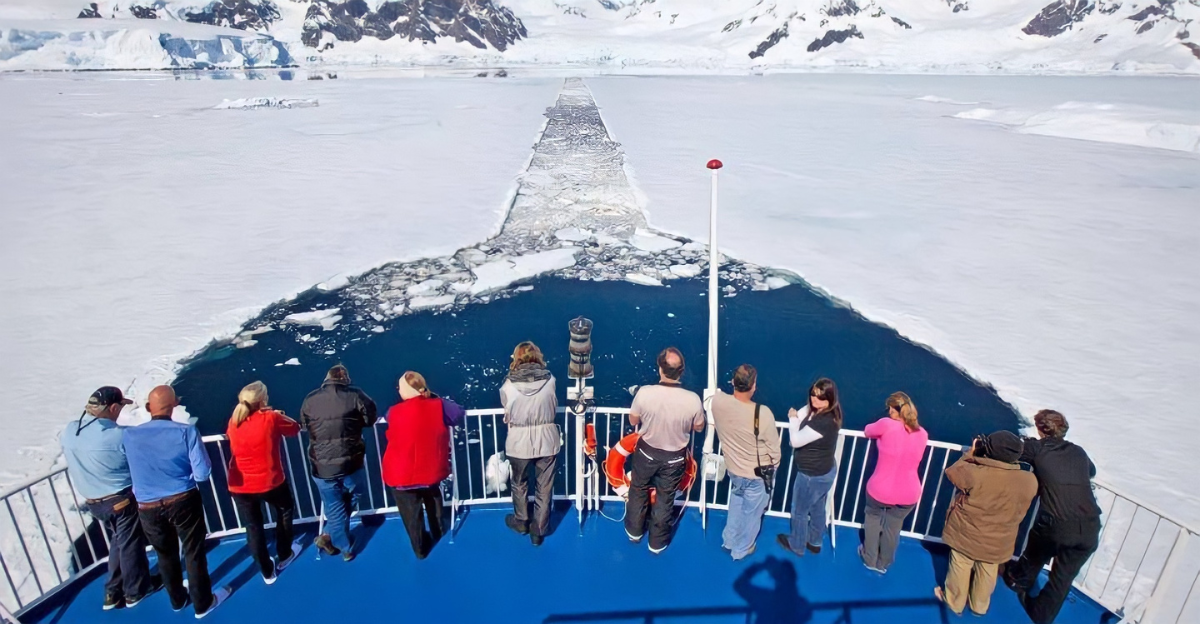
While some Antarctic glaciers like Thwaites and Pine Island show extreme ice loss, others exhibit significant ice gains, illustrating the continent’s heterogeneous ice dynamics.
Notably, Antarctic sea ice extent has reached record highs recently despite warming trends, adding complexity to interpreting overall Antarctic ice behavior and its climate implications.
Future Directions
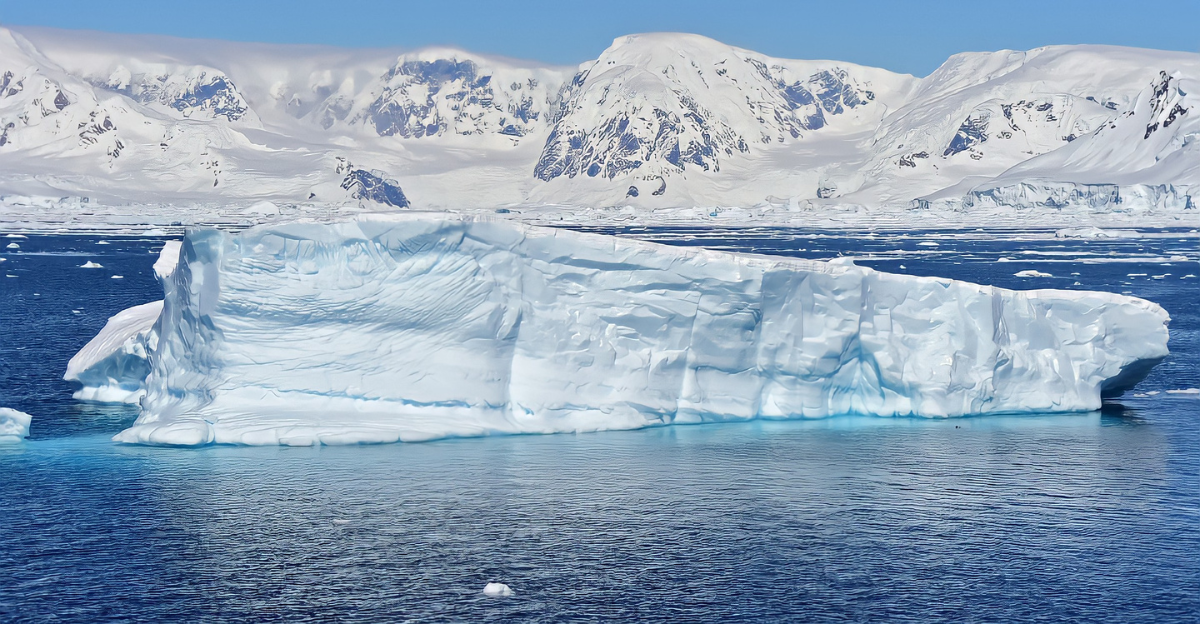
Antarctic ice area growth does not negate climate change but reveals a more complex reality requiring refined understanding. Improved data accuracy, incorporation of climate variability in models, and sustained monitoring are vital to resolving the Antarctic ice puzzle.
Interdisciplinary research will enhance predictions of future sea level rise and inform global climate strategies, emphasizing polar regions’ dynamic and sensitive nature in a changing climate.
Explore more of our trending stories and hit Follow to keep them coming to your feed!

Don’t miss out on more stories like this! Hit the Follow button at the top of this article to stay updated with the latest news. Share your thoughts in the comments—we’d love to hear from you!







